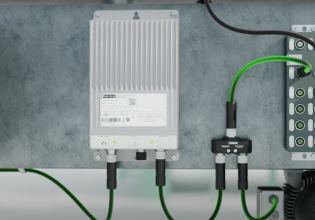L
Hello,
I am trying to figure out how the star connection works. So far I can't understand how for a 3 phase 3 wire unbalanced load the sum of currents is still equal to zero. And the voltage at the star point is at some voltage value.
Then when a neutral wire is connected the sum of current is no longer equal to zero.
Any help would be very appreciated
cheers
I am trying to figure out how the star connection works. So far I can't understand how for a 3 phase 3 wire unbalanced load the sum of currents is still equal to zero. And the voltage at the star point is at some voltage value.
Then when a neutral wire is connected the sum of current is no longer equal to zero.
Any help would be very appreciated
cheers






